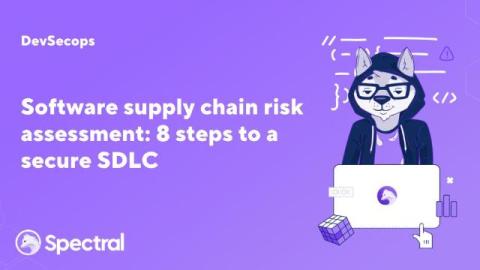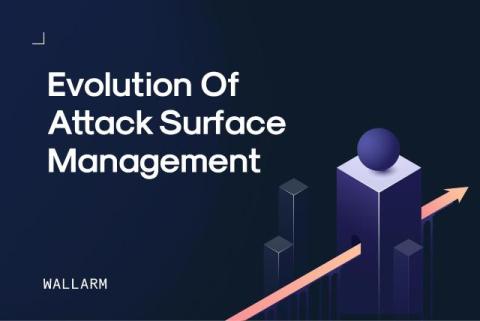August Release Rollup: PDF Document Comparison, Content Classification Policy Recommendations, Knowledge Base Updates and More
We’re excited to share new updates and enhancements for August, including highlights: For more information on these updates and others, please read our complete list below and follow the links for more detailed articles.









